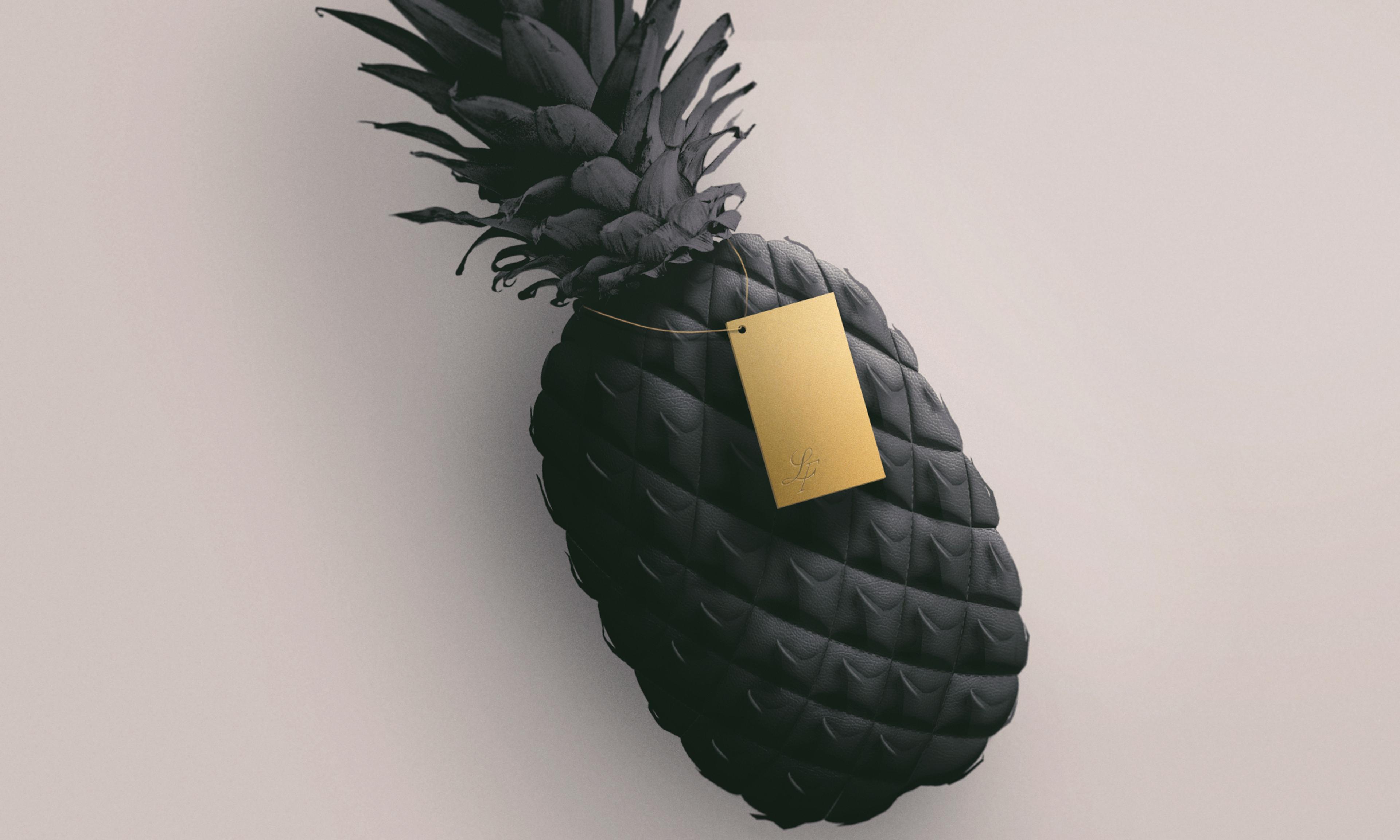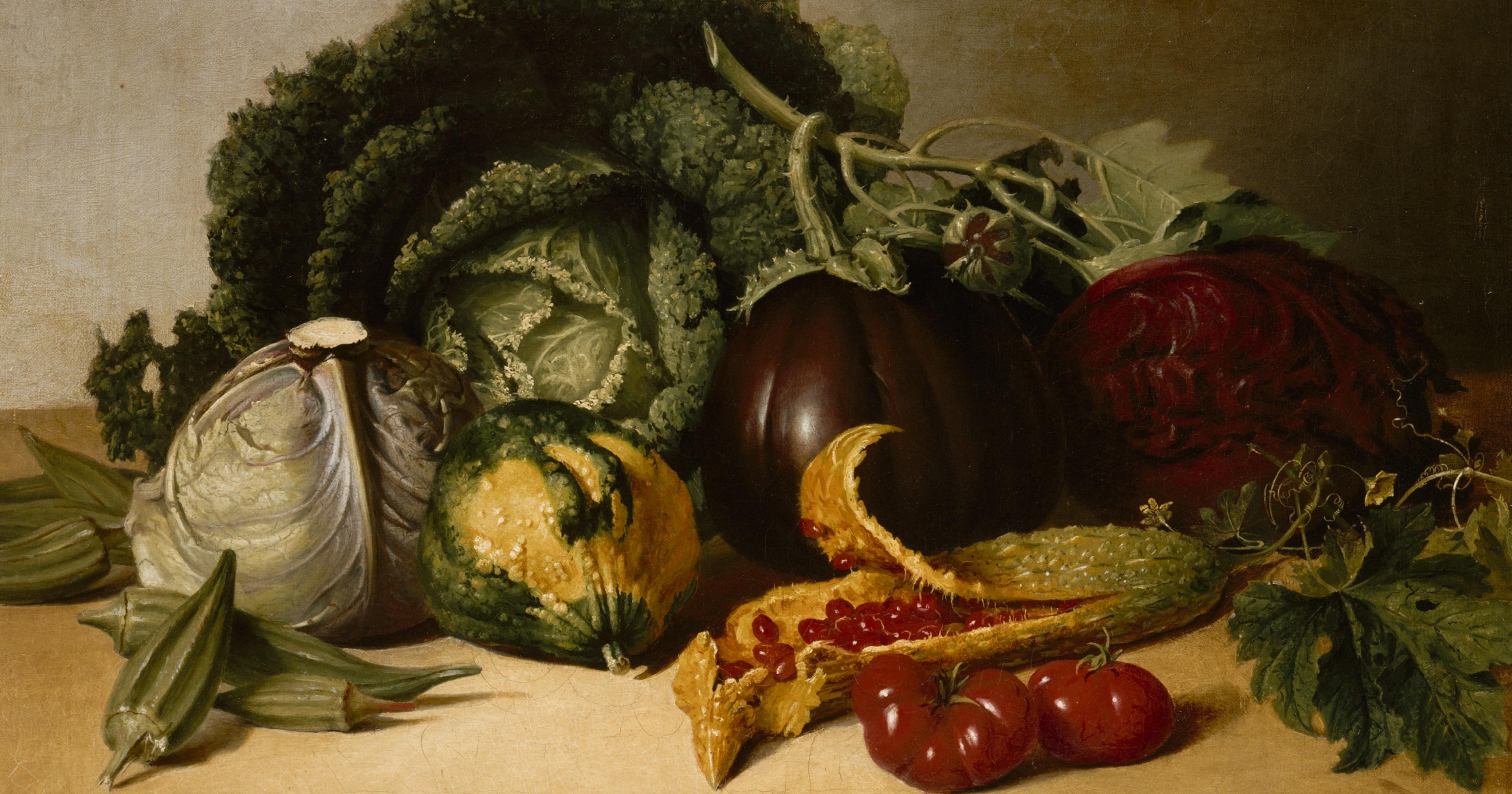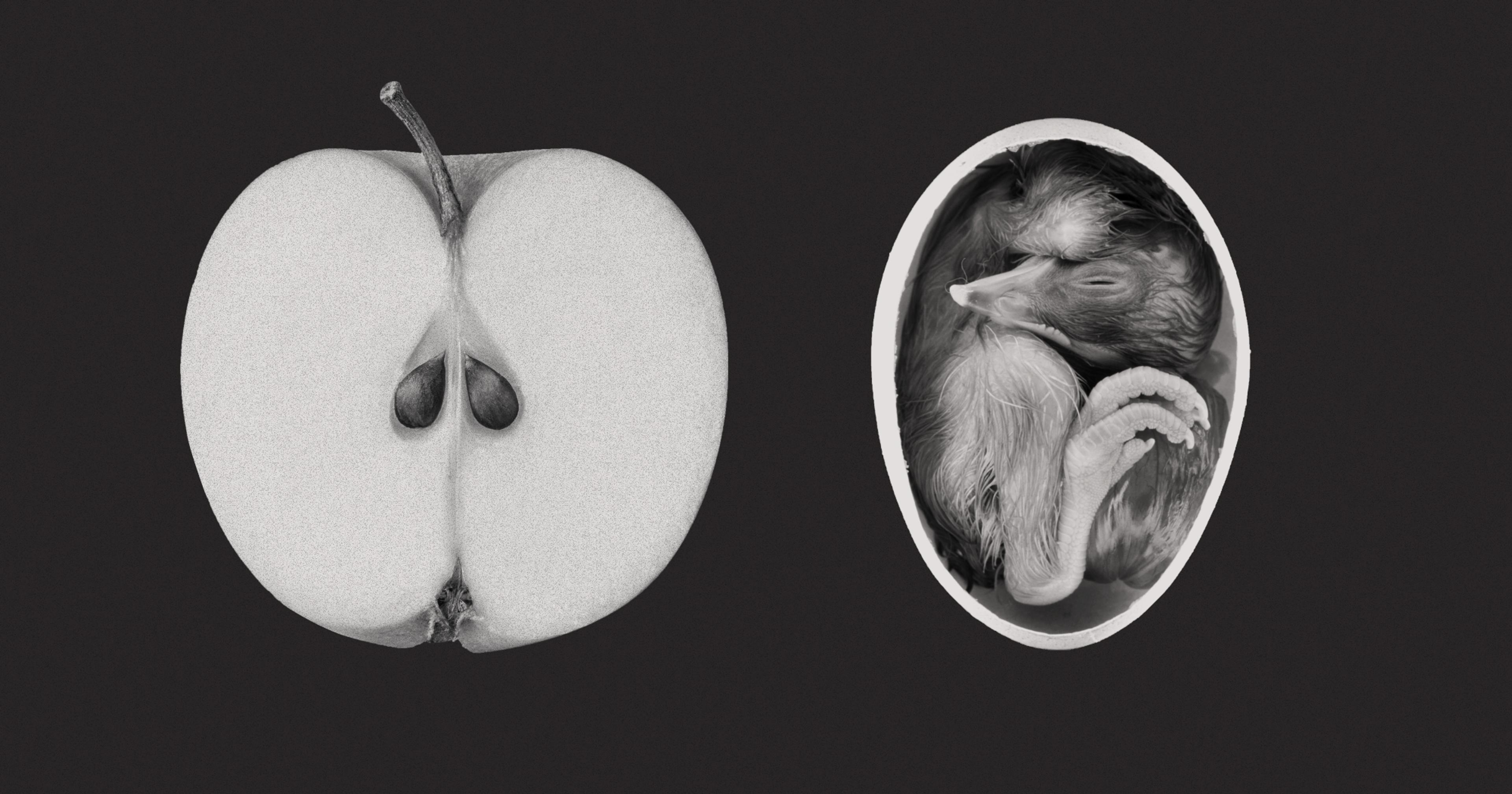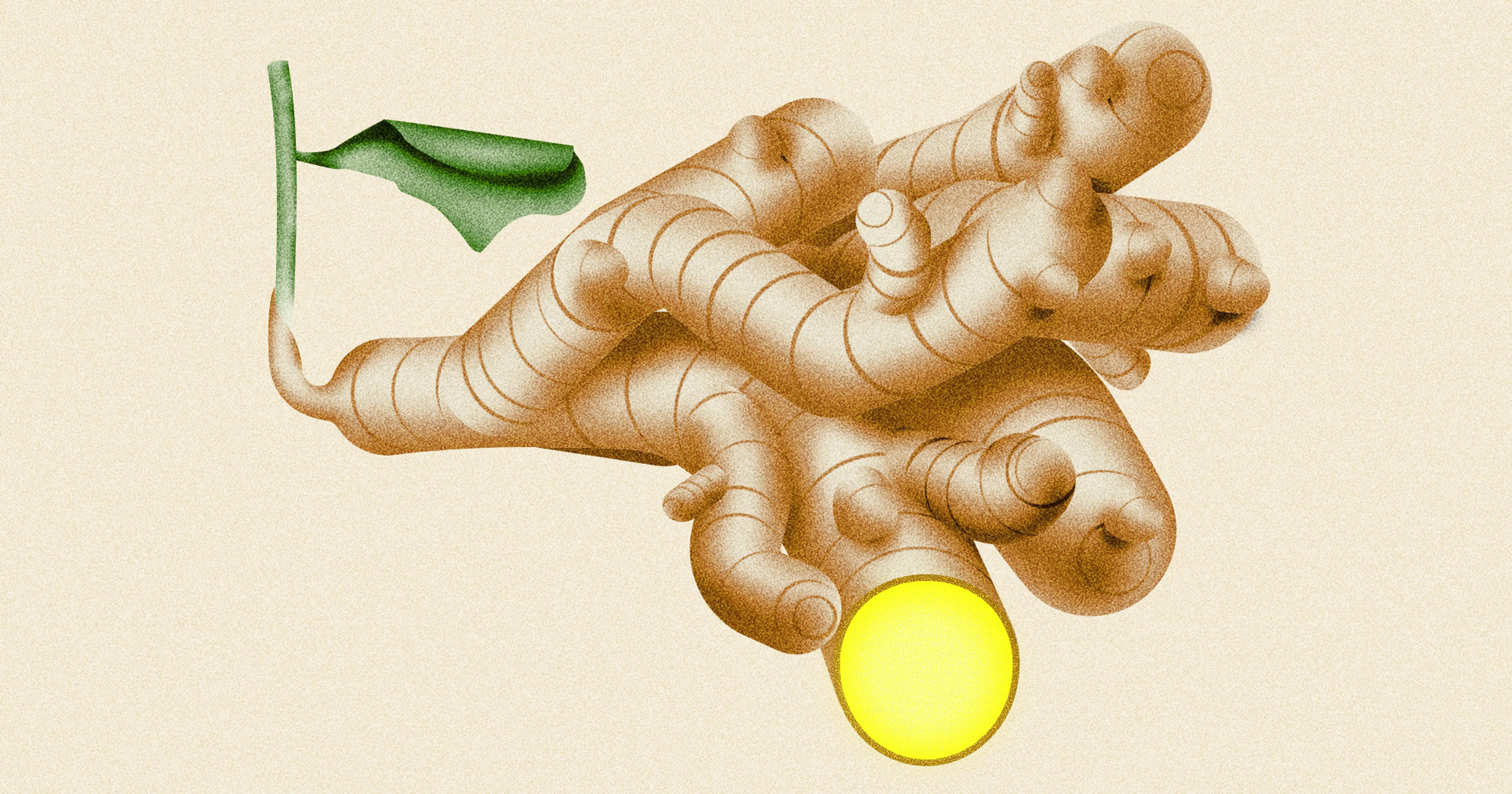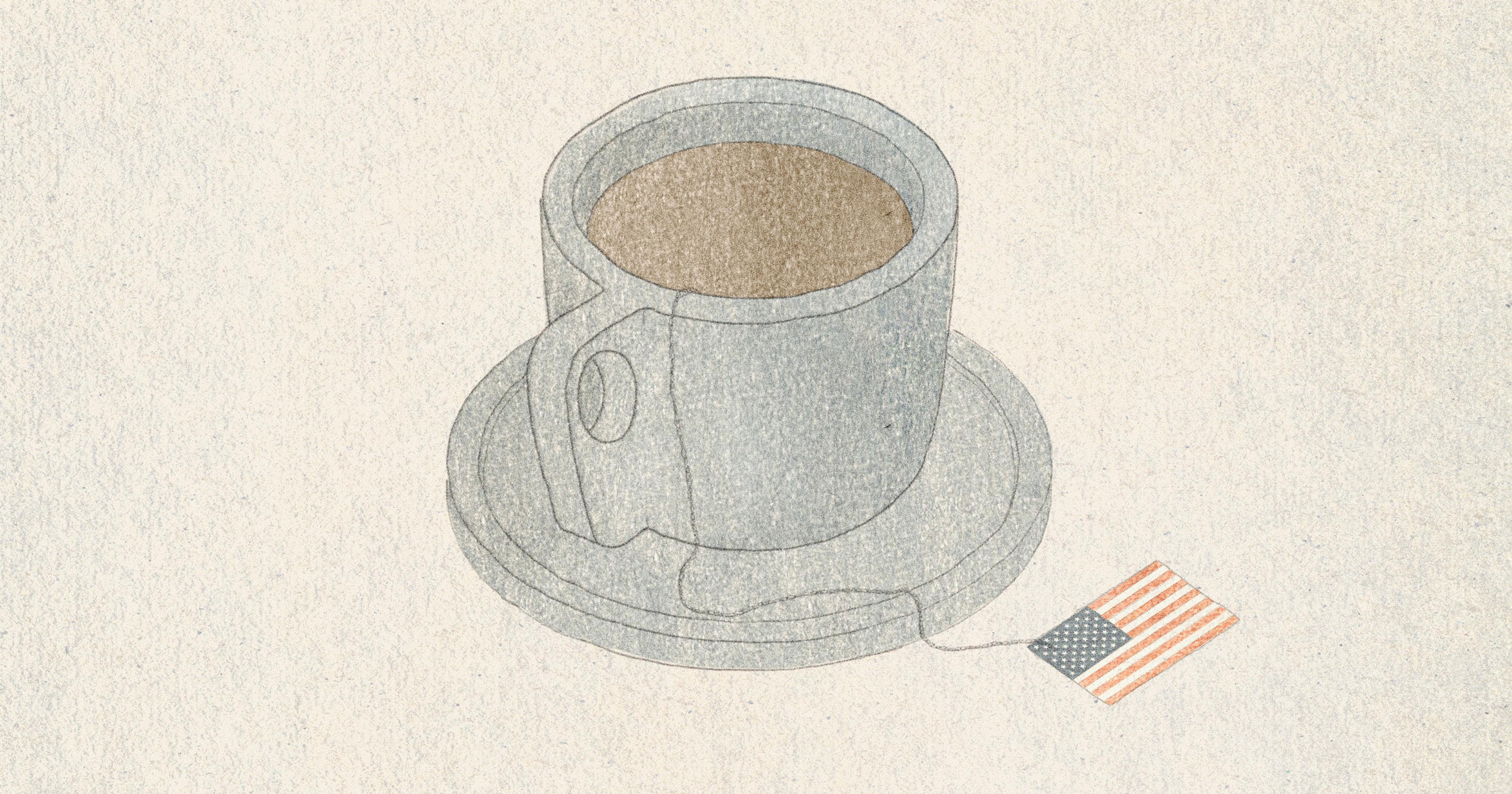Some produce purveyors claim to offer exorbitant fruit of unparalleled quality — but are we mostly paying for a status symbol?
To know a truly elite piece of produce is to love it.
Who among us doesn’t remember that singular box of berries, that perfect tomato, the mango that lingers in the recesses of our taste buds, the one we hope every subsequent experience might replicate? Maybe this time, we think, as we rifle through the bin at the grocery store, we’ll hit the jackpot again.
What if instead, we could be assured of a superior fruit experience every time? Recently, a series of trend pieces in outlets like The New York Times have let readers gawk at the new “luxury fruit” trend. Some specialty markets and online retailers are now selling produce that, apparently, is a cut above the plebeian stuff piled high at the supermarket — with the prices to match. The new “Rubyglow” pineapple, for example, has sold out at the specialty retailer Melissa’s for a whopping price of $395.99 each.
The concept of paying more for specialty produce, or even produce we trust will taste better, is nothing new — just look at the enduring popularity of Harry and David. But could any fruit be truly delicious enough to justify these prices?
Del Monte, the company that introduced the Rubyglow earlier this year, claims that the fruit’s “striking red exterior and sweet, yellow interior” make them “truly one of a kind,” and that these pineapples are “sourced from the tropical rainforest to ensure the freshest possible taste with the highest quality.” The pineapple, they proudly note, was developed after “16 years of research.” According to Jim Luby, fruit horticulturist at the University of Minnesota, this is fairly standard for a new fruit variety — more on the hype versus reality later.
Pineapples are far from the only luxury fruit on the menu right now. For example, Melissa’s also carries $155.99 crown melons, described as the “Japanese King of Fruits” that undergo a “rigorous inspection and sugar content analysis before shipping.” And Ikigai Fruits, which specializes in Japanese produce, carries a 1.1-pound package of Kotoka and Awayuki strawberries for a full $108 — some of their berry boxes cost nearly $800. Kotoka strawberries are described as a “diligently designed classic strawberry with a symphony of sweet and tart notes perfectly blended into every satisfying bite.”
The companies claim to grow these fruits meticulously to create a unique product. For example, the crown melon’s provenance is marketed as the “one tree, one fruit” method, where each plant only grows a single fruit to concentrate nutrition and flavor into the melon. This, according to Luby, could make sense — theoretically, if a melon plant has only one fruit, it could send all of its energy to perfecting it. Similarly, a box of jewelbox strawberries at Melissa’s (not for sale online, no price listed) advertises being hand-pollinated, which Luby said could help lead to a berry that grows nice and uniformly.
Of course, the value of luxury products is always partly about other people seeing you with the luxury product.
But when asked if he thought any individual piece of fruit could ever be worth a few hundred dollars, Jim Luby replied: “Not to me, no. There’s a lot of fruit out there that are really good for a lot less money.” Many regulars at the farmer’s market might agree — even if they’re paying a slight premium for those farm-fresh, melt-in-your-mouth donut peaches, it’s not that high of a premium.
That said, Luby added, he’s also never tried any piece of fruit that costs a few hundred dollars. And like any luxury product, the quality itself is only ever one part of the value. The Rubyglow advertises its “scarce supply,” as just a few thousand of the fruits were grown this year, “furthering their resemblance to the scarce gem.” (The Times reported that the company expects prices to drop in the future as supply grows.)
Of course, the value of luxury products is always partly about other people seeing you with the luxury product — about the association that you, the high-end consumer, get to have with this symbol of wealth. This is produce that might be tastefully arranged in the background of a selfie on a private jet. “Imagine gifting (or indulging in) a fruit this majestic,” reads the Melissa’s webpage selling Rubyglows. “Impeccably presented in packaging worthy of fine art, the Rubyglow® represents the pinnacle of luxury fruit.” In an article on the high-end produce market, one marketing executive even wrote: “In luxury branding, the allure of a product is significantly enhanced by its presentation and packaging, turning ordinary items into coveted pieces of art.”
Turning ordinary items into coveted pieces of art.
A recent CNN story on the luxury fruit trend looked at the success of a much less rarified product — and one that tells a slightly different story: the Honeycrisp apple.
Honeycrisps are known to be especially delicious. Luby, who helped introduce the variety, said there are some good reasons for that. The cells in a Honeycrisp apple are larger than the cells in other apple varieties and arranged in a tightly bound network. That means when you bite into it, the cells rupture — and explode with juice.
“Do you know, I’ve never gotten a single complaint about the price of honeycrisp?”
“So it’s a very juicy eating experience, you know? You almost get juice running down your chin like you do with a good peach,” Luby said.
The variety often sells for higher prices than other apples. But Honeycrisps were never intended to be a luxury product. According to Luby, after the variety was first developed in the early 1990s, local orchards in Minnesota began to grow and sell them in farmer’s markets. Customers quickly took notice and began asking larger retailers to stock them. And as word spread of these new apples, orchards around the country began to grow Honeycrisps. At the same time, retailers found they could charge a higher price for them, as demand was so high.
Today, Honeycrisps are among the most popular apple varieties in America, despite still often selling for higher prices. John Jacobson, part of the family behind Minnesota’s Pine Tree Apple Orchard, said that part of the reason for that higher price is the fact that it’s a slightly more finicky apple to grow, but the other part is high consumer demand. (Nationally, the Honeycrisp’s price finally fell earlier this year as supply began to match demand.)
The success of Honeycrisp apples and the emergence of luxury melons, pineapples, and berries have at least one thing in common — customers want to be assured that the fruit they’re buying is the best. In the case of apples, where everyday consumers understand that there are different varieties, the name “Honeycrisp” has become synonymous with superior flavor. With other fruits, like pineapples or strawberries, where most consumers don’t think about the different varieties, brands have come in to differentiate some fruits over another, and to charge prices more in line with a branded product than a commodity.
Whether those ultra-high-priced fruits are here to stay or just a fad is yet to be determined. But as for the Honeycrisp, Michelle Sirles, one of the owners of southern Illinois’s Rendleman Orchards, said that every year, their market sells double the amount of Honeycrisps as every other apple variety combined, even though Honeycrisp sells at their “premium” apple price.
“But do you know,” Sirles said, “I’ve never gotten a single complaint about the price of honeycrisp?”

